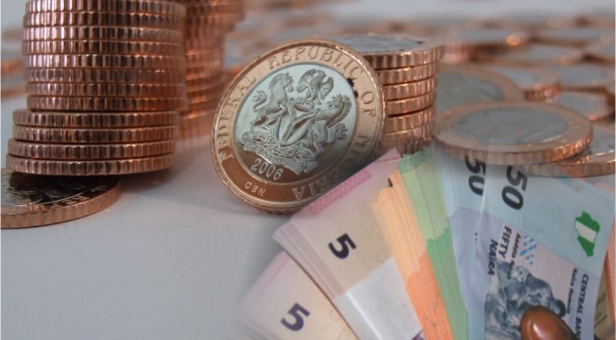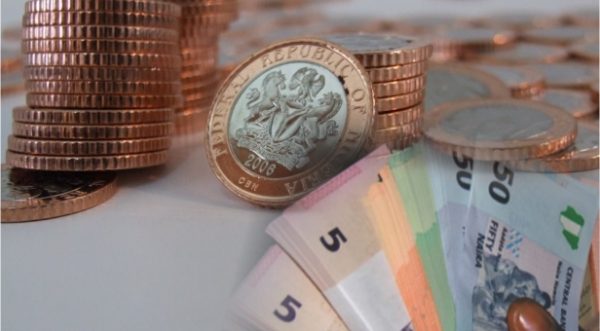Currency is like current; meant to flow. But with this ‘flow’ has been evolutions. Evolution from the barter systems, to the use of precious stones, objects and artifacts, to cowries, to coins and paper money (and polymer money can be added to it too). it is easy to identify some countries and regions by the currency of use; China with the Yen, Saudi Arabia with the Riyal, the United Kingdom with the British pound, Ghana with the Cedi and of course, Nigeria with the Naira.
Nigeria became an independent country from the colonialist in 1960 and became a republic in 1963. However, Nigeria hadn’t her own customized currency till some years later. Though the Kobo, had always been the Nigerian coins from the colonial era (till date), the Naira was introduced on 1 January 1973, replacing the pound. This made Nigeria the last former British colony to abandon the British pounds currency system in favour of the decimal currency system. But why the choice of the words ‘Naira’ and ‘Kobo’? The ingenuity of the Nigerian mind should not be underestimated. The word or name ‘Naira’ is simply a contraction of “Nigeria”, while the subdivision, ‘kobo’, is a local pronunciation of English word “copper”- given that they were in the form of copper-plated coins.
The Naira: A Nigerian Pride
On January 1, 1973, the Central Bank of Nigeria introduced notes for 50 kobo, 1, 5, 10 and 20 naira. The 50 kobo notes were last issued in 1989. In 1991, 50 naira notes were first issued. Years later, other notes of higher denominations followed; the 100 naira in 1999, the 200 naira in 2000, the 500 naira in 2001 and 1000 naira on October 12, 2005. On November 12, 2014, Nigeria marked its centennial celebrations, with respect to its amalgamation in 1914. To commemorate this, the Central Bank of Nigeria issued a 100 naira commemorative note. These specially issued notes were very much similar to its regular issue with its most prominent, front feature of the portrait of Chief Obafemi Awolowo. There were however a few tweaks to it; it was redesigned to include a new color scheme, revised security features, the text “One Nigeria, Great Promise” in micro-printing and on the back, a quick response code (QRC) which when scanned leads users to a website about Nigeria’s history.
The bank, solely responsible for the issuance of this legal tender throughout the Nigerian Federation is the Central Bank of Nigeria (CBN). The Central Bank of Nigeria is also responsible for controlling the volume of money supplied in the economy, in order to ensure monetary and price stability. The Currency & Branch Operations Department of the CBN is in charge of currency management, through the procurement, distribution/supply, processing, reissue and disposal/disintegration of bank notes and coins.
So whenever you see the sign ₦; and/or the code: NGN, it is simply in reference to the currency of Nigeria; the Naira. Each naira is equivalent to 100 kobo.
Featured image source: The Will Nigeria


